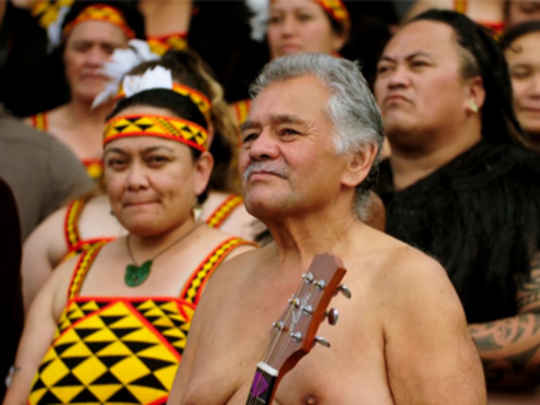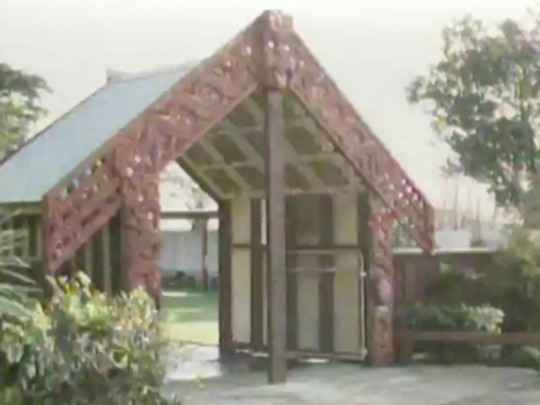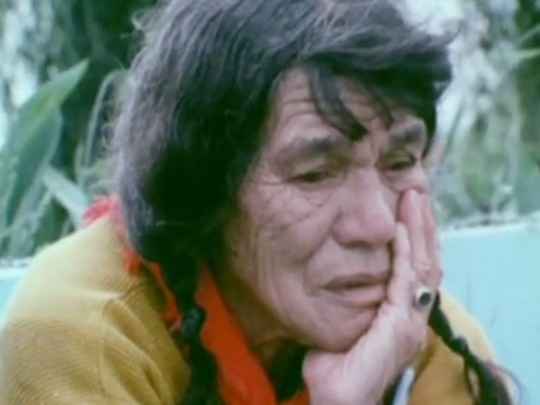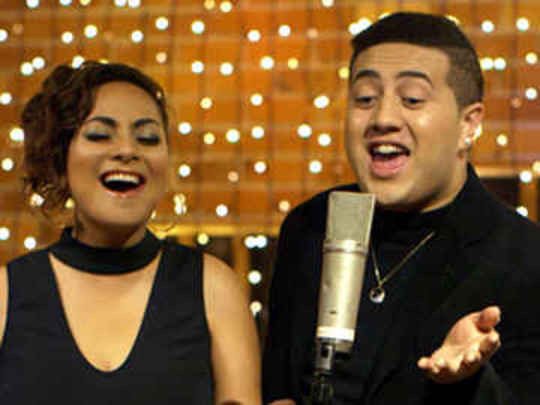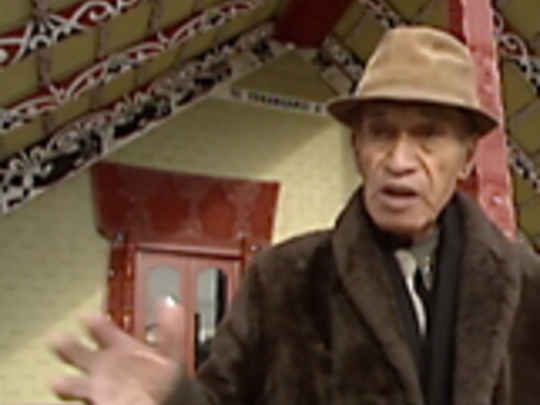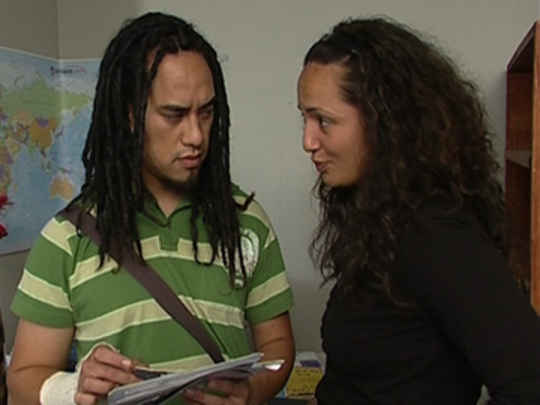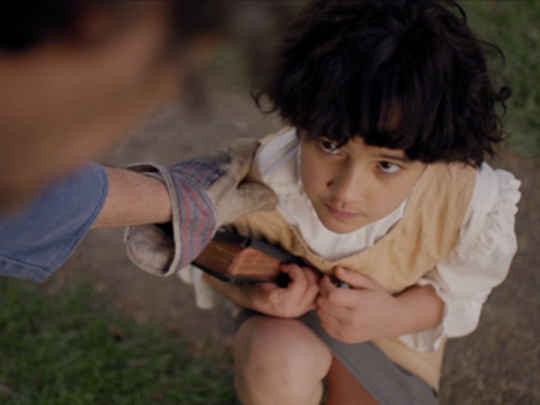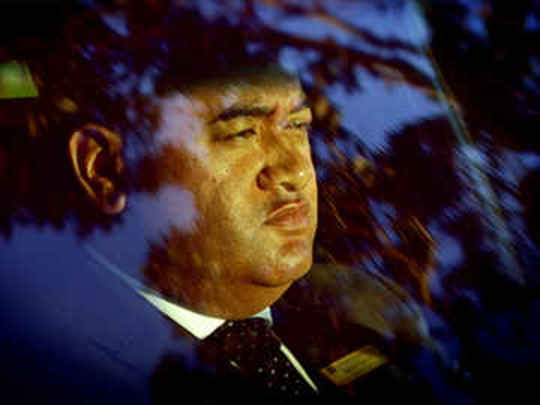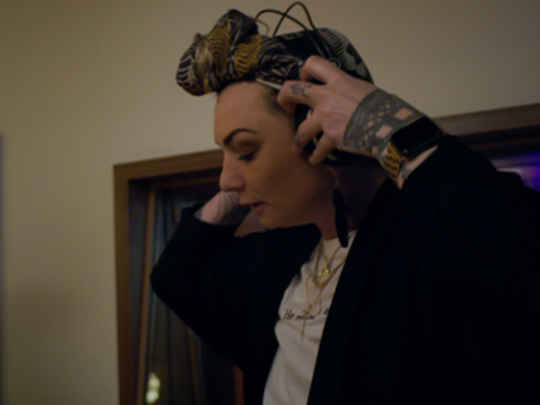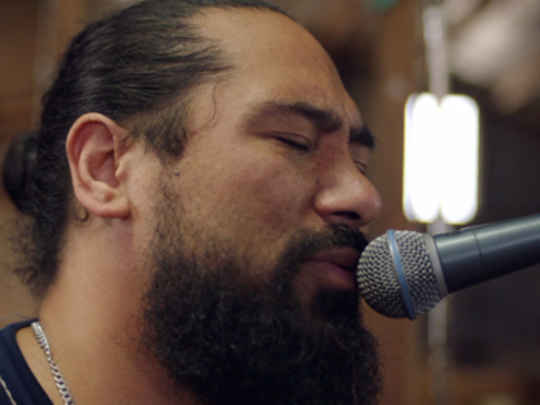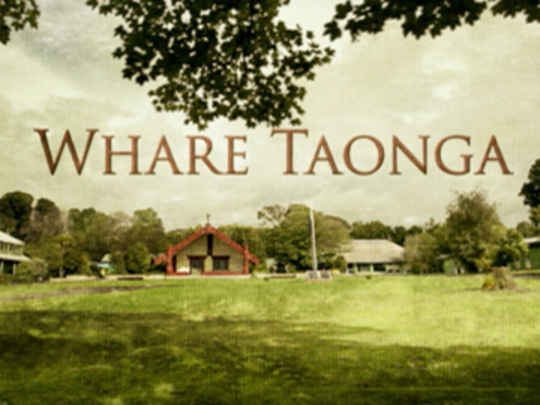Hongi To Hāngī: And Everything in Between - Excerpt
Television (Excerpts) – 2022
The first marae visit can be a fraught affair — where to stand, what to do, what to bring. Award-winning presenter Tāmati Rimene-Sproat puts such fears to bed in Hongi to Hāngī, a series exploring te ao Māori — the Māori world, its language and customs. In this excerpt from the first episode, Sproat asks members of the public to share their first experiences visiting a marae. A range of experts including Chris Winitana, Te Haumihiata Mason, Francis Tipene and Pere Wihongi share insights about marae protocol, and Sproat introduces the pōwhiri, the welcoming ceremony that helps guide visitors onto the marae.
One of the most important things we want to get across on Hongi to Hāngī is that marae are beautiful places and you should actually want to see a marae because this is basically the last stronghold of Māori culture and Māori tikanga. It's a beautiful, cool space. You have a lot of fun, too, at a marae.– Presenter Tāmati Rimene-Sproat on the show, Radio New Zealand, 10 June 2022
Key Cast & Crew

Mahanga Pihama

Lise Cook

Adrian Stevanon

Stacey Morrison (née Daniels)

Francis Tipene

Tāmati Rimene-Sproat
Acknowledgements
Made with funding from NZ On Air and Te Māngai Pāho




